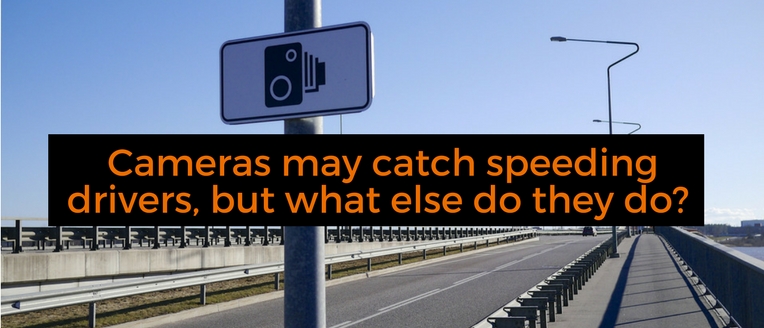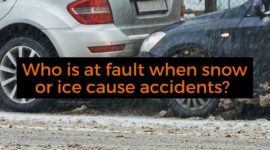29 Nov
2017
Cameras may catch speeding drivers, but what else do they do?
Speed cameras are mainly associated with catching drivers surpassing the limit, but many people still don’t realise they are often used for capturing footage of other illicit behaviour too. Simply slowing down when a camera is present may not be enough to avoid penalties for your on-road activities, so read on to learn more about how speed cameras are being used to catch you out whilst driving.
As well as snaring speeding motorists, cameras can catch you using illegal number plates, using your smartphone whilst driving and not wearing a seatbelt. Between August and November 2015, just under 700 motorists driving in the north east were caught for non-speeding offences. The most common crime was neglecting to wear a seatbelt. The Northumbria Road Safety Initiative found that 604 drivers were caught not wearing a belt.
Laws introduced earlier this year mean that motorists can get six penalty points as well as a £200 fine when caught using their phones whilst driving. You may even face losing your licence if you amass six points during your first two years on the road. Head of operations at Northumbria Police Superintendent Sarah Pitt described cameras as a “great tool” for helping the police enforce the rules of the road, saying they could identify a range of “actions that make our roads a danger for motorists and pedestrians”. She said positive action needed to be taken “whenever possible” so dangerous drivers can be taken off the roads, emphasising that the laws were there in order to protect people, avoid serious injuries and prevent deaths. Those violating the laws were told that they would face the consequences.
History of the speed camera
The first speed camera was installed in 1992, on the A316 over Twickenham bridge. It was set up to catch vehicles driving at 60mph and over, although the limit was actually 40mph. 22,000 drivers were caught driving at speeds of over 65mph within just 22 days.
RoSPA figures inform us that illicit speeds contribute to 26% of deaths on the road. Nearly 400 people are killed on the roads of Britain every year, with 2,500 being seriously injured due to speed limits being broken. Speed cameras are often placed in locations that are heavily-associated with accidents.
Speed cameras that are used today
There are two main types of speed camera in use today; the fixed speed camera and the mobile camera. Fixed speed cameras are now painted bright-yellow, with the Gatso using a rear-facing camera and the Truvelo featuring a forward-facing camera that photographs motorists at the wheel so there is no ambiguity around who is driving. Mobile cameras can be used in marked and unmarked cars, and are sometimes operated manually by the police.
How we become involved
We manage a lot of accidents as a result of encounters with speeding drivers. At OneCall Accident Management, we can provide a wide range of services to assist you following a motoring accident to help you get back on the road safely at the earliest opportunity and to support you with any legal claims. To find out more, call 0800 999 4042, e-mail contact@onecallam.co.uk or send a message through the website.






